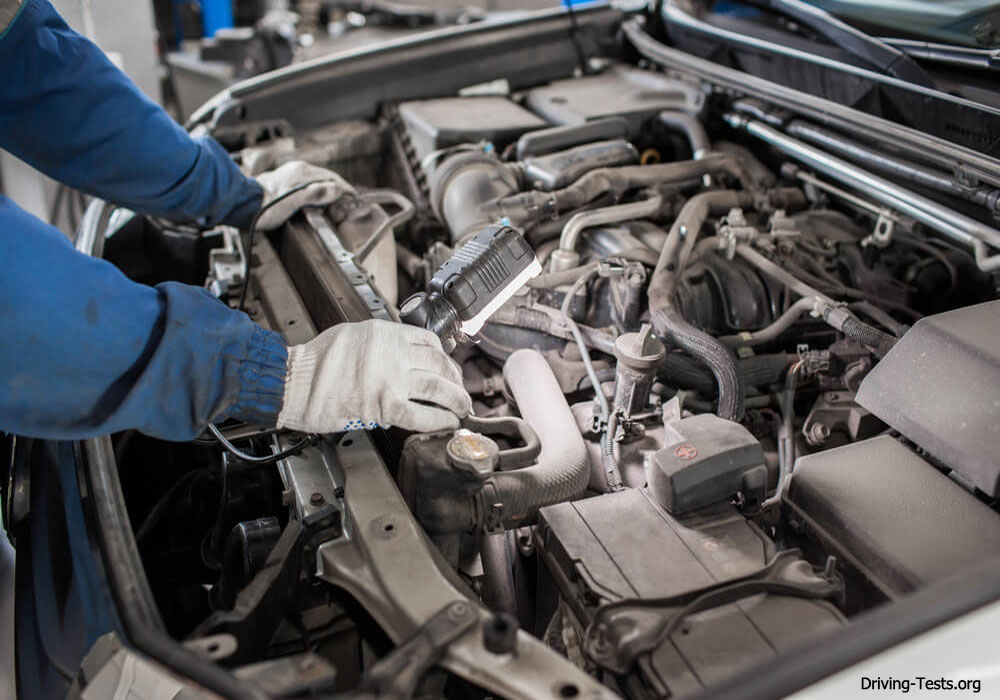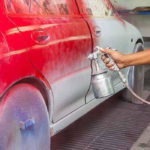Your car can survive and operate effectively for many years so long as it has access to specific fluids. For instance, your engine demands oil; your radiator wants coolant (or antifreeze); your transmission and brake system also need their respective fluids. If these systems are starved, they’ll eventually fail to execute. Your engine and transmission, in unique, will sustain high priced damage.
However, millions of drivers fail to verify their fluid levels frequently, even though doing so is very simple and needs a tiny time. Within this short article, we’ll provide a blueprint you can use to verify the levels and ensure your car’s significant systems are in great overall health.
How to Check The Oil
Your engine is comprised of moving components that create friction and heat in the course of operation. Oil assists to lubricate these parts and avoid them from destroying each other. If your engine lacks sufficient oil, it can seize up or overheat, leaving you by the side in the road.
In case you have been driving, let your car cool down for several minutes. Then, lift the hood and find the oil dipstick (it is ordinarily positioned close to the front of the assembly). Pull the dipstick from its housing and wipe the oil off having a rag. Then, stick the dipstick each of the ways back into its housing and withdraw it once more. You are going to see two noticeable markers. The oil really should be involving them. If the level is next to, or under, the lowest marker, add a quart of oil and pull the dipstick out once again to reexamine it.
How you can Check The Transmission Fluid
While the oil really should be checked when your engine is cold, the transmission fluid should be checked even though your engine is idling. It has its dipstick, that is typically positioned close to the oil dipstick. Let your engine idle for numerous minutes just before checking the level.
Eliminate the dipstick and wipe the fluid off onto a further clean rag. Then, stick it back into its slot and eliminate it once more. Just like the oil dipstick, it has two obvious markers. The transmission fluid should appear in between them. When the level is low, add additional.
A single side notes: it is possible to expect your oil level to decline over time. Your transmission fluid is unique. The whole assembly is completely sealed, which means the fluid really should not escape. If the level is low, that usually suggests a seal or gasket had developed a leak. It desires to become addressed by a mechanic.
The best way to Verify The Coolant Within the Radiator
The coolant level inside your radiator really should be checked as soon as the engine has cooled a bit. By no means check it while it’s hot; the pressure inside can cause injury. Your vehicle’s radiator cap should be situated around the driver’s side close to the engine. Take the cap off (use a rag to safeguard your hand from heat) and peer inside. If the level is decrease than the best, you will need to add extra.
In most cars, there’s also a coolant reservoir. Coolant expands and flows into this receptacle for the duration of the operation. It must be roughly two-thirds full. If it’s low, add far more.
Ways to Verify The Brake Fluid
Your brake system should really under no circumstances be low on fluid. In that way, it truly is equivalent to your transmission; a low level implies there’s a leak somewhere. It ought to be repaired just before it worsens and areas your security – and that of the passengers – at threat. There’s a brake fluid reservoir that is typically positioned close to the firewall on the driver’s side. It sits atop the master cylinder. You should be able to recognize the level devoid of removing the lid. If it can be decrease than two-thirds complete, add additional.
The fluids described above are necessary for your safety along with the operation of one’s car. Get into the habit of checking them every single couple of weeks. It only requires a few minutes and can prolong the life of one’s car.





